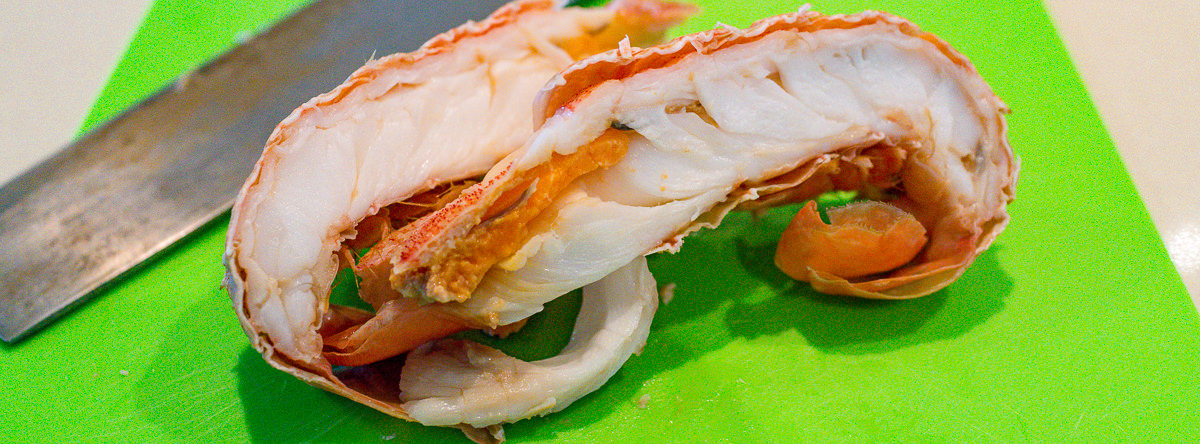I cooked this meal last month. It was the first large meal I cooked in a new pressure cooker whose cooking vessel had a larger diameter. Sometimes with the old pressure cooker, the bones from the lamb shanks would be longer than the diameter. A small-diameter bowl was not a problem for cooking but laying them flat made them look neater in the bowl.
Recipe
Equipment
- Pressure cooker
- Cast iron skillet
- Stick blender
Ingredients
- Lamb shanks
- Flour
- Oregano (dried herbs)
- Rosemary (dried herbs)
- Garlic powder
- Salt
- Pepper (ground, black)
- Onion (chopped)
- Carrot (diced)
- Celery (diced)
- Tomatoes (tinned)
- Red wine
- Stock
- Butter
- Flour
- Packet potato mash
Instructions
- Mix the flour, garlic powder, salt, pepper, and dried herbs to make a dry rub for the lamb shanks.
- Brown the shanks in a skillet with some oil.
- Remove the shanks and sauté the carrots, celery, and onion.
- Deglaze the fond with the wine and stock, and then add in the tin of tomatoes.
- Bring the liquid to a boil and turn off the heat.
- Transfer the sauce to the pressure cooker and lay the shanks on top.
- Cook under pressure for 45 minutes.
- Make a roux with butter and flour and set it aside to thicken the cooking liquor.
- Remove the shanks with care to avoid the meat falling from the bone.
- Cook the packet of potato mash according to the instructions using microwave radiation.
- Spoon the potato mash into a bowl.
- Sieve the cooking liquor from the vegetables.
- Discard the vegetable matter.
- Thicken the cooking liquor to make gravy and spoon the sauce over the shanks and potato.
- Give thanks to the Lord.
- Eat with a fork.

























